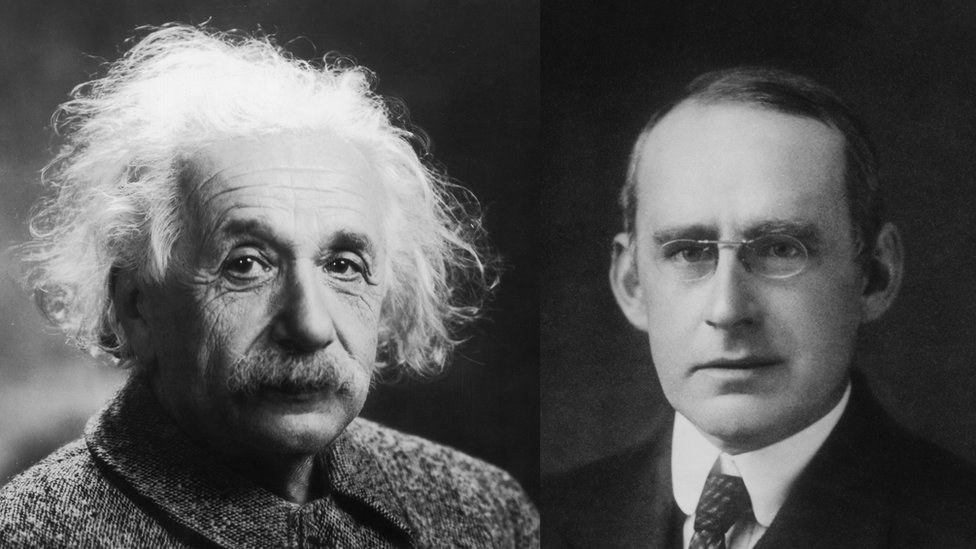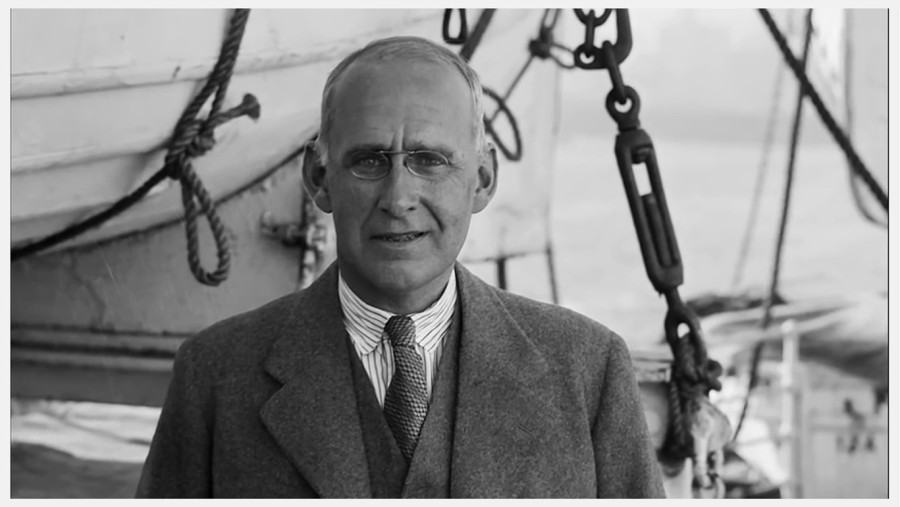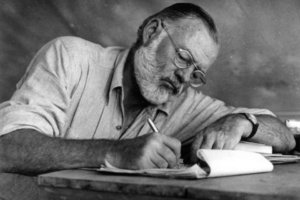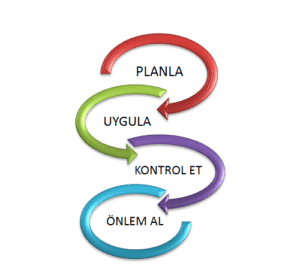As in all of us, when Einstein is mentioned, the Special Theory of Relativity, which is identified with himself, comes to mind before other proofs and relations he has made.
However, it is a well-known fact that this theory has a tragic story such that it could not achieve its true value for a long time and Einstein could not prove it in a real experimental environment despite all his efforts, and could be proved years later by space travel.
However, the protagonist of this story, British astronomer Arthur Stanley Eddington, is the first person who has succeeded in realizing the Special Theory of Relativity in real terms and has succeeded in putting Einstein’s theory into practice.
Einstein, who completed his theory in the heaviest days of World War I, could not complete the proof of his theory in a real experimental environment due to war conditions, government propaganda and Europe’s harsh stance against science.

In fact, the letter he wrote to Cambridge University Professor and British Royal Astronomical Society official Eddington in support of this theory, which is not known anywhere outside of Germany, created an important break for the history of humanity.
Eddington, who provided the spread of the Theory of Relativity to Britain in time, became the only door to the outside world for Einstein, who was trapped in Berlin during the war conditions.
So much so that Eddington’s creation of the first books on the Theory of Relativity, his giving interesting lectures on Einstein in many schools, especially in Cambridge, and his ability to establish a communication channel with other scientists provided a great opportunity for the theory to be known outside of Germany.
But it still required a voyage of discovery before it could be practically proven.

In November, when the ceasefire of the war was declared, with the support of the British Royal Family, efforts were made to both introduce Einstein to the world public and create excitement.
Even Einstein, who was seriously ill from his wartime absence, knew little about it.

Eddington and his team, who made all their efforts to introduce this theorem of Einstein, who was living in the last moments of his life, succeeded in capturing the slightest change in the stars proportional to the constant of Special Relativity, during the work they started on May 29, 1919, and they came to a positive result:
“I knew Einstein’s theory had been proven and new scientific thought had to be accepted.” – Eddington
These sentences caused such excitement that the president of the Royal Society called it “one of the highest achievements of human thought”. The next day’s main headline of Times Magazine was “Revolution in Science”.
Eddington thus became the go-to name of newspapers and magazines, representing the Theory of Relativity in English-speaking countries, that is, almost throughout the known world of the time. Einstein, on the other hand, went from being an academic not well known outside of Germany to a scientist everyone wanted to know more about.















